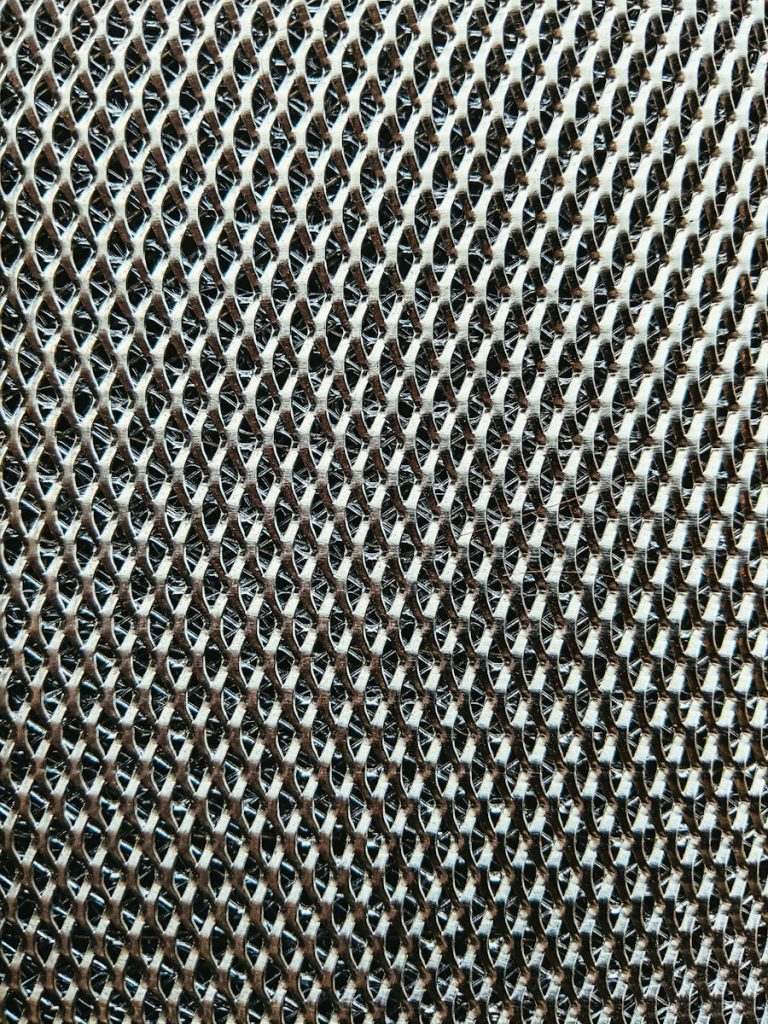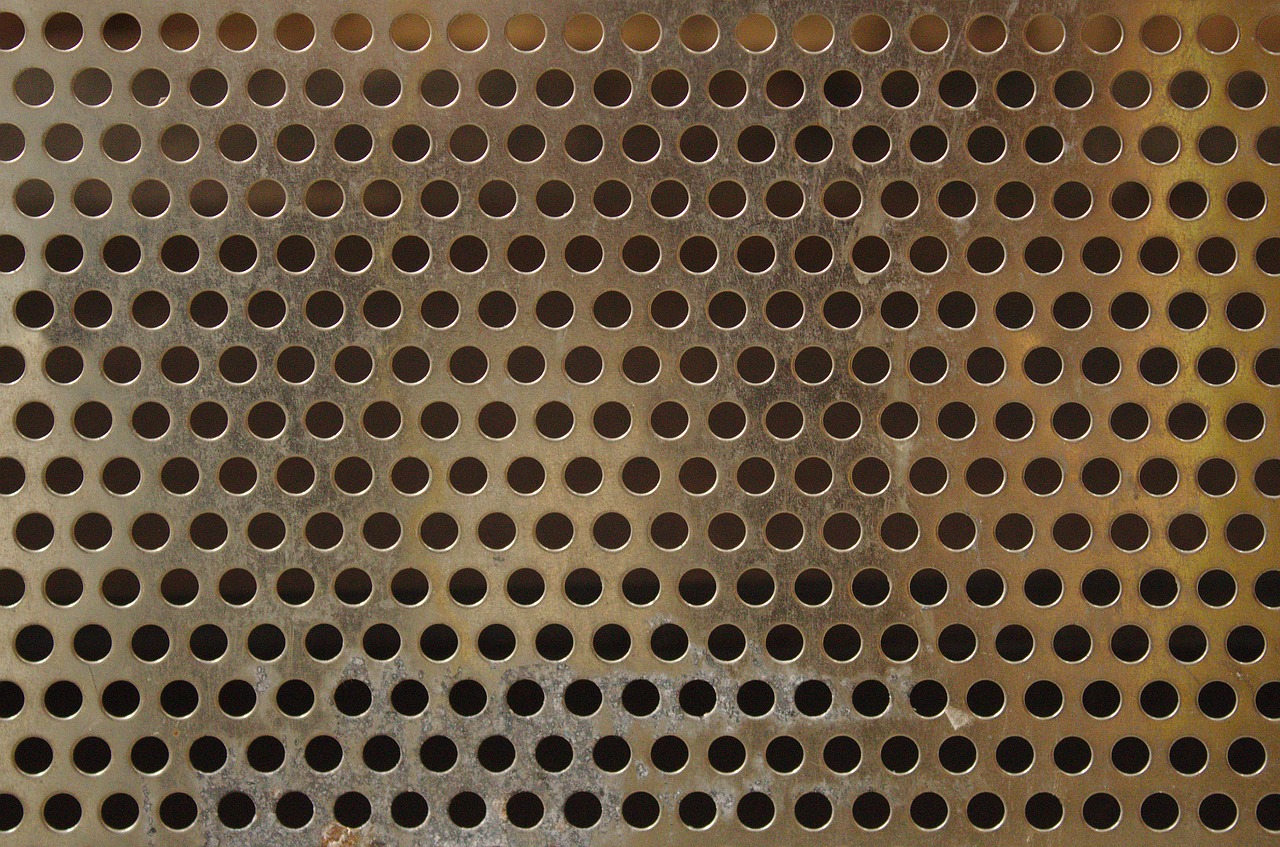Graphite gasket sheet represent one of the most resilient sealing solutions available to engineers today. These specialized components feature exceptional thermal stability, with the ability to withstand temperatures ranging from cryogenic levels up to 450°C in oxidizing environments and an impressive 3000°C in non-oxidizing conditions. Unlike conventional metal gaskets, graphite-based options maintain their sealing integrity even during extreme thermal cycling, making them indispensable in high-temperature applications.
The material’s natural lubricity significantly reduces friction between mating surfaces, minimizing the torque required during installation while preventing flange damage. This self-lubricating quality eliminates the need for additional anti-seize compounds that might contaminate sensitive systems or processes. The chemical resistance of high-quality graphite sheets extends to most acids, alkalis, and organic solvents, outperforming many traditional metal gaskets in corrosive environments.
Manufacturing Techniques and Material Composition
Modern graphite gasket sheets typically begin as natural or synthetic graphite flakes that undergo exfoliation at extremely high temperatures. This process separates the graphite’s crystalline layers, creating vermicular or “worm-like” expanded graphite particles. These particles are then compressed without binders into flexible sheets of varying densities and thicknesses.
Premium products often incorporate stainless steel or tantalum foil reinforcement, creating a composite that combines graphite’s conformability with enhanced mechanical strength. Some manufacturers also offer graphite sheets with controlled density gradients, providing softer outer layers for improved sealing while maintaining a firmer core for structural integrity. Unlike conventional metal gaskets that rely on precise machining, graphite sheets can be manufactured with remarkable consistency through careful control of density, thickness, and purity levels.

Critical Applications Across Industrial Sectors
The petrochemical industry heavily relies on graphite gasket sheets for flange connections in processing units where temperature fluctuations and chemical exposure pose significant challenges. In refineries, these specialized sealing solutions protect against leakage of volatile hydrocarbons, acids, and caustic compounds while withstanding extreme operating conditions.
Power generation facilities, particularly nuclear plants, employ graphite-based sealing systems in steam circuits where reliability is paramount. Unlike traditional metal gaskets, graphite options provide exceptional resistance to steam erosion while maintaining dimensional stability during thermal cycling. Chemical processing plants benefit from graphite’s broad chemical compatibility, using these versatile sealing components in reactor vessels, heat exchangers, and piping systems handling aggressive media.
Comparative Advantages Over Conventional Alternatives
When comparing performance metrics, graphite gasket sheets consistently outperform traditional options in challenging environments. Their exceptional recovery properties allow them to accommodate flange distortion and misalignment while maintaining an effective seal—a critical advantage over more rigid metal gaskets that may fail under similar conditions. This resilience translates to fewer maintenance cycles and extended equipment service life.
The conformability of graphite-based products enables effective sealing at lower bolt loads, reducing stress on flanges and fasteners while simplifying installation procedures. This characteristic proves particularly valuable when working with fragile materials like glass-lined steel or ceramic components that cannot tolerate high compressive forces. Additionally, graphite’s thermal conductivity helps dissipate heat more effectively than many alternative materials, preventing localized hotspots that might compromise sealing integrity.
Installation Considerations and Maintenance Protocols
Proper installation techniques significantly impact the performance longevity of graphite sealing solutions. Industry best practices recommend careful handling to prevent edge damage, precise alignment during positioning, and sequential bolt tightening patterns to ensure uniform compression. Unlike traditional metal gaskets requiring specific torque values, graphite options typically accommodate a wider range of compressive forces while still maintaining effective seals.
Maintenance engineers should regularly inspect graphite gasket installations for signs of oxidation, particularly in high-temperature oxidizing environments where material loss might occur over time. Periodic retorquing may be necessary to compensate for natural relaxation, though this requirement is generally less critical than with alternative sealing technologies. When replacement becomes necessary, removal proceeds more easily than with conventional options, as graphite rarely bonds to flange surfaces—eliminating the need for aggressive cleaning methods that might damage equipment.
Emerging Innovations and Future Developments
Recent advancements in graphite gasket technology include nano-enhanced formulations that incorporate ceramic particles for improved oxidation resistance while maintaining graphite’s favorable sealing characteristics. These hybrid materials extend service life in demanding oxidizing environments where traditional graphite might experience accelerated degradation. Manufacturers continue developing specialized graphite compositions tailored to specific industry requirements, optimizing properties like electrical conductivity, thermal stability, and chemical resistance.
Computational modeling now plays a crucial role in gasket design, allowing engineers to predict performance under complex loading conditions and optimize material distribution. This approach has led to innovative profiles that maximize sealing effectiveness while minimizing material usage. As industry standards evolve to address environmental concerns, next-generation graphite sealing solutions increasingly focus on eliminating potentially harmful additives while maintaining or improving performance metrics compared to conventional options.
The remarkable adaptability of graphite gasket technology continues driving innovation across industrial sectors, cementing these versatile components as essential elements in modern engineering practice. Their unique combination of thermal stability, chemical resistance, and conformability ensures their continued relevance in an increasingly demanding industrial landscape.

